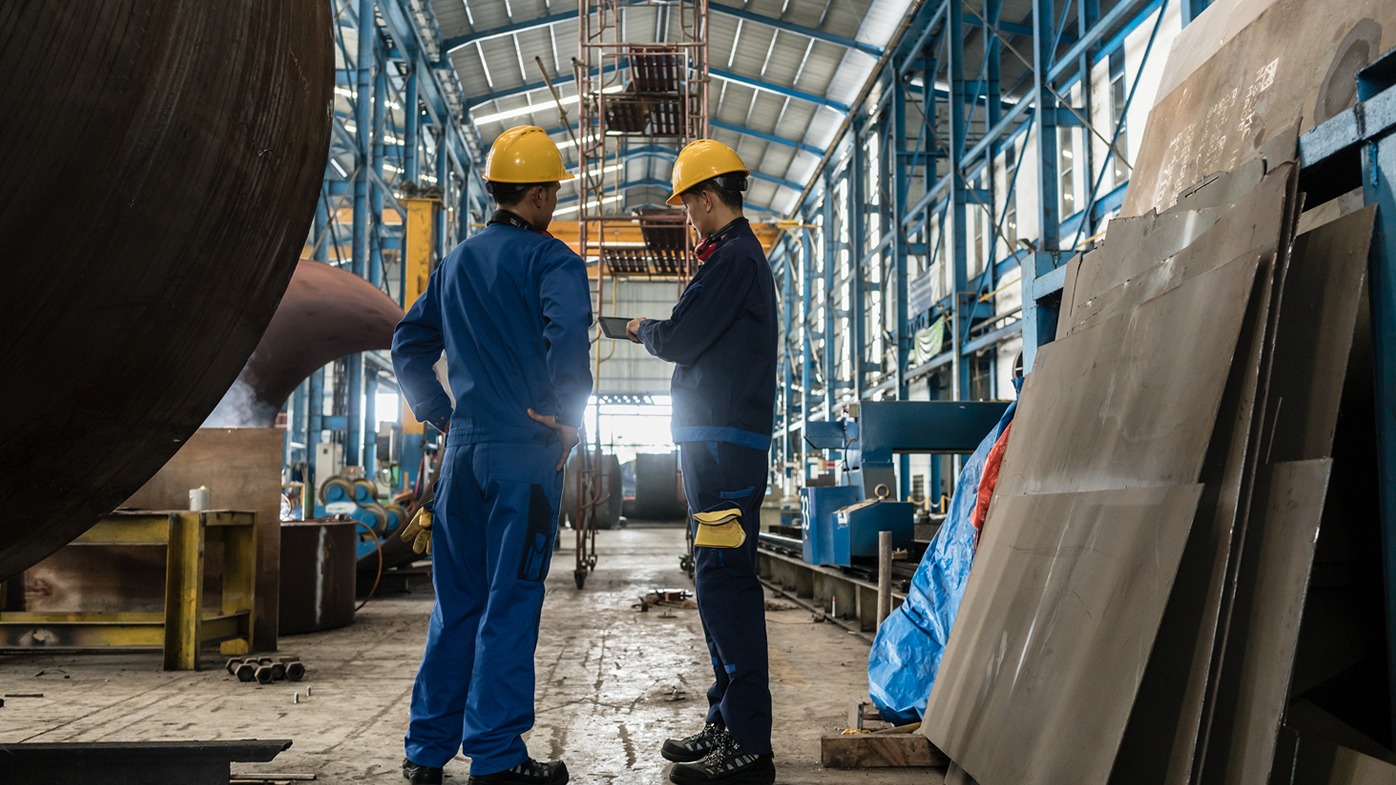The U.S. economy continued its expansion in 2017, and forecasts are for even higher growth in 2018. By some estimates overall GDP growth is predicted to reach nearly 3% or higher this year.
To keep up with rising consumer demand, U.S. manufacturing output has grown significantly since the end of the Great Recession in 2009—adding more than a million more American manufacturing jobs in the past 8 years. It is projected to continue its steady growth trajectory in 2018. In fact, according to a recent study from Ball State University, the U.S. is already operating at record industrial output. Economist Michael Hicks, director of the Center for Business and Economic Research, notes that ‘inflation-adjusted manufacturing GDP peaked in the fourth quarter of 2017, both in dollar and quantity index measures has found.’
Even more impressive, when viewed in a historical context, total manufacturing output in the U.S. is twice what it was in 1979. That’s despite the fact that overall manufacturing jobs in the U.S. have fallen in the past 30-plus years. What’s changed is the efficiency of manufacturing, driven by changes in technology. Another change—which surprises many observers—is that the number of college grads employed in manufacturing is way up—almost a 17% increase since 2000. As Hicks explains, “all the new jobs and almost all the replacement jobs in manufacturing are going to college graduates.”
While today is certainly a boom time for U.S. manufacturers, it also presents some big challenges for the future—chiefly a need to focus on smart, cost-effective ways to generate investment capital if they are to reap the rewards of future growth.
The next wave of growth will require substantial investments from manufacturing companies in at least 3 major areas:
1) Continuing R&D to develop more efficient manufacturing technology
2) Attracting a highly skilled and educated 21st century workforce with robust recruitment and training programs
3) Increasing manufacturing capacity to handle additional growth
Manufacturing companies see supply chain finance as a way to unlock capital trapped in their supply chain
While the lower tax rates for business passed by Congress last December will help finance these investments, it is no panacea, especially with investors expecting some of those savings to translate into higher dividends and returns. And traditional methods of raising large amounts of capital (issuing debt, selling equity, selling a portion of the business, and layoffs/plant closures) are expensive and can have a negative impact on things like shareholder value and market position.
That’s why supply chain finance through PrimeRevenue is being used successfully by a growing number of manufacturing companies to fund critical new initiatives. One major manufacturer of small appliances generated $750 million in cash flow gain in the first quarter of taking the program live to fund acquisitions and pay down debt. Another, AGCO, one of the leading agricultural equipment manufacturers in the world, is generating millions to help fund critical research and development.
More tech, more advanced manufacturing, more capacity, and higher skill levels will all be needed to succeed in the manufacturing world of the future. The magnitude of the investments required means that manufacturers will need to look beyond traditional financing methods. Innovative supply chain finance programs offered by PrimeRevenue can potentially be a significant source of this additional capital.
By
Published February 13, 2018







